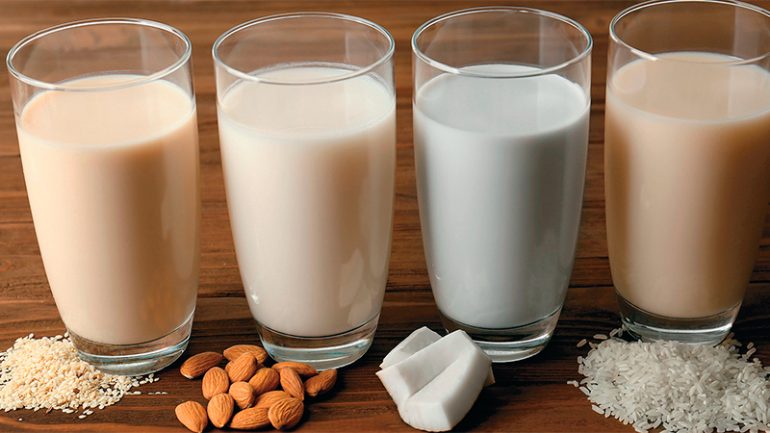
Calcium, bones and exercise
Each of them plays an important role in the development and maintenance of bone mass.
I would like to start by describing basic information, because if you are reading this publication, you are probably a father / mother looking to obtain content related to health and sports … and that I love it! 😀
We will start with the bone :
It says that our bone structure simulates a bookcase that supports the weight of books (muscle, fat, organs, etc.). If that bookcase is not in good condition, probably with the weight of the books and the constant use it can break into pieces. The same thing happens in our body, if the bones are not well calcified it is most likely that it is prone to a bill – Osteoporosis.
Approximately 80% of calcium is found in bones , we could say that it is like a calcium bank 😉🏦, which allows the entry but also the exit of calcium as required (osteoblasts-osteoclasts). If the expense is higher, therefore this bank will run out of funds, 😭the idea is that it is balanced 👍🏽
Calcium:
What is calcium and why is calcium needed in the body? 😇
This mineral is within the category of macrominerals because it is one of those that is required in greater quantity because it carries out important functions such as:
1) Muscle contraction
2) Calcification of bones and teeth
3 ) Nerve impulse

But how do we do that?
😅👩🏻⚕️ It may sound very repetitive but… actually as you thought 🤔💭 consuming enough foods that are rich in calcium, vitamin D and exercising. According to a statement sent by the American College of Sports Medicine ®, performing physical activity that generates load forces of relatively high intensity, such as plyometric exercises, gymnastics and high intensity resistance training, increase the accumulation of bone minerals in children and adolescents
¨ Adolescence is a particularly crucial period due to the significant impact that puberty has on bone growth, there is an increase of up to 50% in bone mass whole body between the ages of 12 and 18 years¹¨
🥛 Foods rich in Calcium?
According to the Recommended Daily Intake (RDI) of Calcium² (and this is when we start with the other basic concept ) it is:
🔹 9-18 years ➜ 1,300 mg / day
🔹 19-50 years ➜ 1,000-1,500mg / day
🔹 51-70 years ➜ 1,200 mg / day
and where do I get The calcium?
🔹 Foods fortified with calcium such as vegetable drinks, dairy products and derivatives, rice, pasta, nixtamalized tortillas …
🔹 Vegetables like spinach, broccoli, kale ..
🔹 Legumes like beans, lentils and chickpeas
🔹 Fruits like dates, oranges, raisins, bananas…
Who reduces absorption? ³
(1) Phytates and oxalates can decrease absorption
(2) Excessive amounts of dietary fiber (mainly insoluble)
(3) Excessive amounts of phosphorus in the diet, but also decreases excretion
(4) Intake excessive protein
(5) A high intake of coffee and alcohol can increase the loss of calcium from the body
An inadequate intake of foods rich in calcium in athletes could increase the risk of suffering from muscle cramps, failure to carry out adequate muscle contraction and fractures.
The following are also at risk:
(1) Female athletes who follow a diet plan with very low energy (Athlete’s Triad)
(2) Consumption of foods with little nutrient intake
In BND is concerned with educating young people by offering workshops and nutrition consultations in order to guide them in the choice and consumption of various types of food, we support both the father of the family and the young person in the adoption of healthy eating habits, nutritional strategies, work tools at home etc …
We know that you are looking for the best for your child, for that reason we invite you to our workshops as part of the program BNDjr: #Eat like a winner!ribo.
